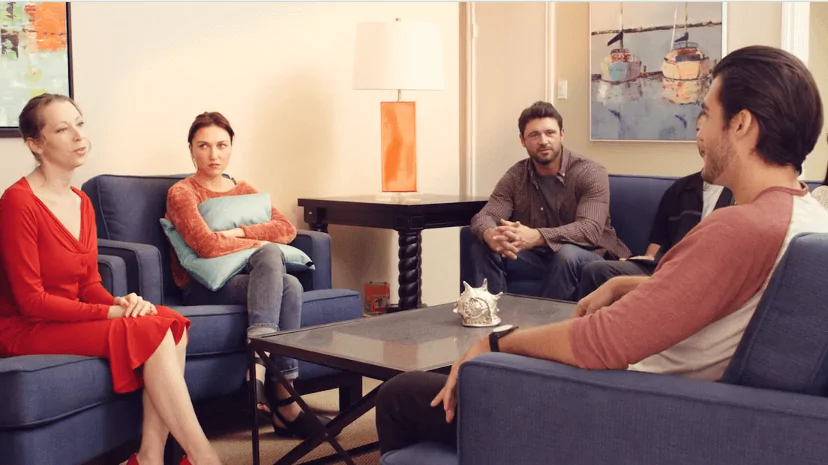24/7 Helpline:
(866) 899-221924/7 Helpline:
(866) 899-2219
Learn more about Partial Hospitalization Program centers in Sleepy Eye
Partial Hospitalization Program in Other Cities

Other Insurance Options

GEHA

Access to Recovery (ATR) Voucher

UMR

WellCare Health Plans

Magellan

Regence

Multiplan

Lucent

Oxford

UnitedHealth Group

Optima

Health Choice

PHCS Network

WellPoint

Ambetter

Magellan Health

Ceridian

Molina Healthcare

Providence

Health Net


New Ulm Medical Center – Substance Abuse
New Ulm Medical Center – Substance Abuse is a private rehab located in New Ulm, Minnesota. New Ulm M...

Nova House Intensive Residential Treatment Services
Situated in New Ulm, Minnesota, Nova House Intensive Residential Treatment Services (IRTS) is a drug...











































